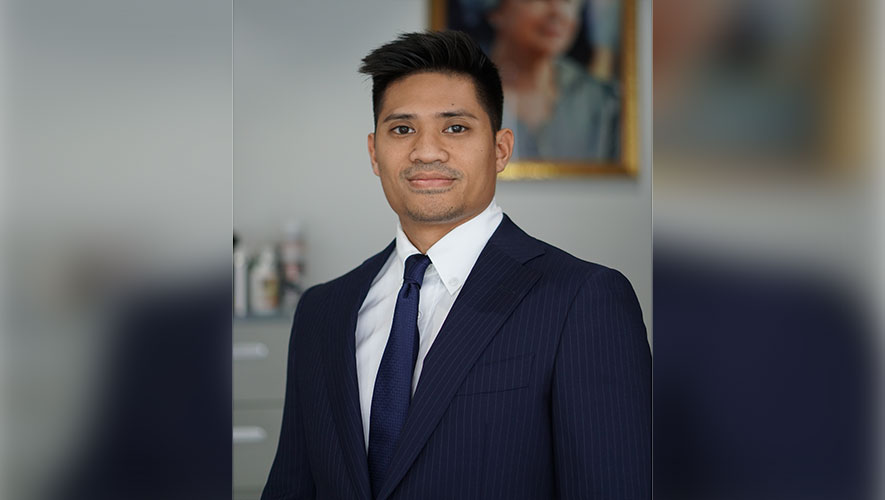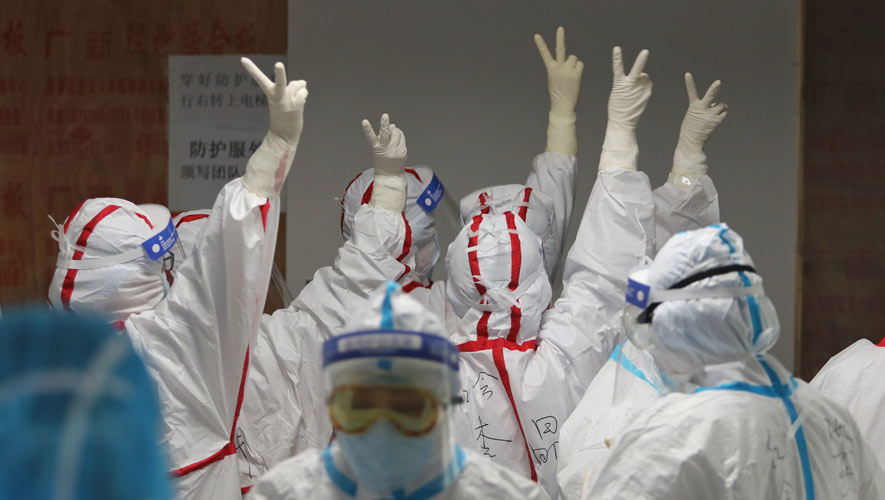Health awareness and increasing construction create demand for gyms
For the latest Cambodian Business news, visit Khmer Times Business
A drive towards a healthier lifestyle coupled with the boom in new developments is pushing up opportunities in the fitness sector.
Demand is rising for gyms and the equipment they require from several relevant companies. While the capital city has yet to establish itself as a home to prominent brands such as Anytime Fitness and Fitness First which are familiar across the region, growth in this sector is now rising in Cambodia.
According to a report by Nikkei Asian Review, Japanese companies are particularly looking to cash in on the demand. Data quoted in the report says annual growth in the health sector has seen a rise of more than 50 percent in the fitness industry in Cambodia. UK research company Euromonitor in the report pointed out that the growth of the health-related market will see an expansion of at least 60 percent amounting to a value over $460 million in 2023. With the entrance of gyms by Gunze in Phnom Penh, this gives rise to other businesses related companies as well.
Vast market potential
David Sandford, chairman of Distribution Central, a company specialising in gym installation and health supplements, says the market holds vast potential especially with regards to gym businesses. Distribution central is the official distributor of Matrix, Ziva and Vision fitness equipment in Cambodia, as well as the official distributor of EHPLabs Supplement in Asia.
“In comparison with our neighbours, Vietnam and Thailand, Cambodia is still very much in her early stages with regard to the health sector but the potential is vast because there is much to be developed in the country,” says Sandford.
He points out that markets such as Thailand and Vietnam are currently saturated with established names such as Fitness First and Anytime Fitness, so it would not be easy for a new competitor to enter the market.
Being a young company, with only six months in the Kingdom, Distribution Central is already in talks with schools, government facilities, fitness centres, hotels and condominiums to install gyms, indicating that with the rise of development, there are more doors for opportunity.
With a gross domestic product (GDP) value of 7 percent in recent years, Cambodia was hailed as the country with the highest growth in recent years in the region, ushering in investments into hundreds of development projects.
Sandford highlights that with new borey projects on the rise, his business has gained increasing traction.
The country’s construction sector itself has attracted a total investment of $4.56 billion in the first seven months of this year, which recorded an increase of 52 percent from the same period last year. The Ministry of Land Management, Urban Planning and Construction issued a statement in August that the ministry had granted licences to 2,742 construction projects from January to July with 1,426 of them being high-rise buildings.
“Different projects often come with different budgets and we cater for this with different plans,” Sandford says.
Often, the services provided by Sandford and his team when it comes to installing gyms comes in different tiers.
Hotels would often need a gym in accordance with the tier the hotel belongs to.
“Initially hotels would want cheaper requirements but a 5-star hotel requires conventional standards and not a home standard,” he says.
While hotels and condos are often some of the more common customers, the rise of fitness centres such as crossfit gyms are often categorised under the niche market. In this case, the equipment mixture and services provided to them differ in comparison with the usual customers.
Different demographics
“It depends on the demographic. When it comes to boreys and hotels, we would provide a generalised equipment mixture that includes basic strength training and cardio while for crossfit gyms, for instance, there would be extensive body-building and strength training equipments” Sandford says.
CrossFit Amatak, regarded as the first CrossFit fitness centre in Cambodia, has been popular among a wide demographic of athletes. Using high quality equipment, CrossFit Amatak uses different styles of weights, pull-up bars and a selection of mobility equipment.
Despite its limited budget, Amatak imports high-quality equipment from China.
Sandford further adds that data showcases gyms and health clubs with pools and saunas would cater to an older demographic while the specialised niche gyms would be favoured by a younger crowd.
In his industry, Sandford says competition is tough and with two competitors that have been in the market longer, he has had to come up with the right strategies to address what he perceives as a gap in the market that he identified as a lack of quality and customer service.
Sandford says bringing in renowned fitness equipment brand Matrix gave him an edge but the lack of awareness proved to be challenging.
“There was no distribution of Matrix equipment here and it was tough at first because people were not familiar with the name unless they had travelled overseas,” Sandford says. In order to make the business more competitive, the company had to market itself to the point where it could provide the quality needed as well as after-sales services.
“We would provide clients with all tiers and budget it accordingly and, with the option of a mixture of equipment, this expands their options, allowing them to spend within theirbudget,” Sandford says.
When it comes to the pricing fee, a condominium with an allocated space of 30 square metres (Sq m)would cost $20,000 to $30,000. A slightly larger space could cost up to $50,000. These prices would fall for lower tiers.
In terms of gyms with space between 500 to 800 sq m and higher budgets, the pricing fees would range from $150,000 to $250,000.
Sandford says that in regards to the future of the industry, the momentum would continue to pick up and more and more customers would opt for better quality equipment in the long run.
With more projects taking place in the capital and with the development of condominiums and hotels moving rapidly, this could certainly enhance the existing potential the fitness sector has to offer.
Sandford says the fitness market in Cambodia holds vast potential




